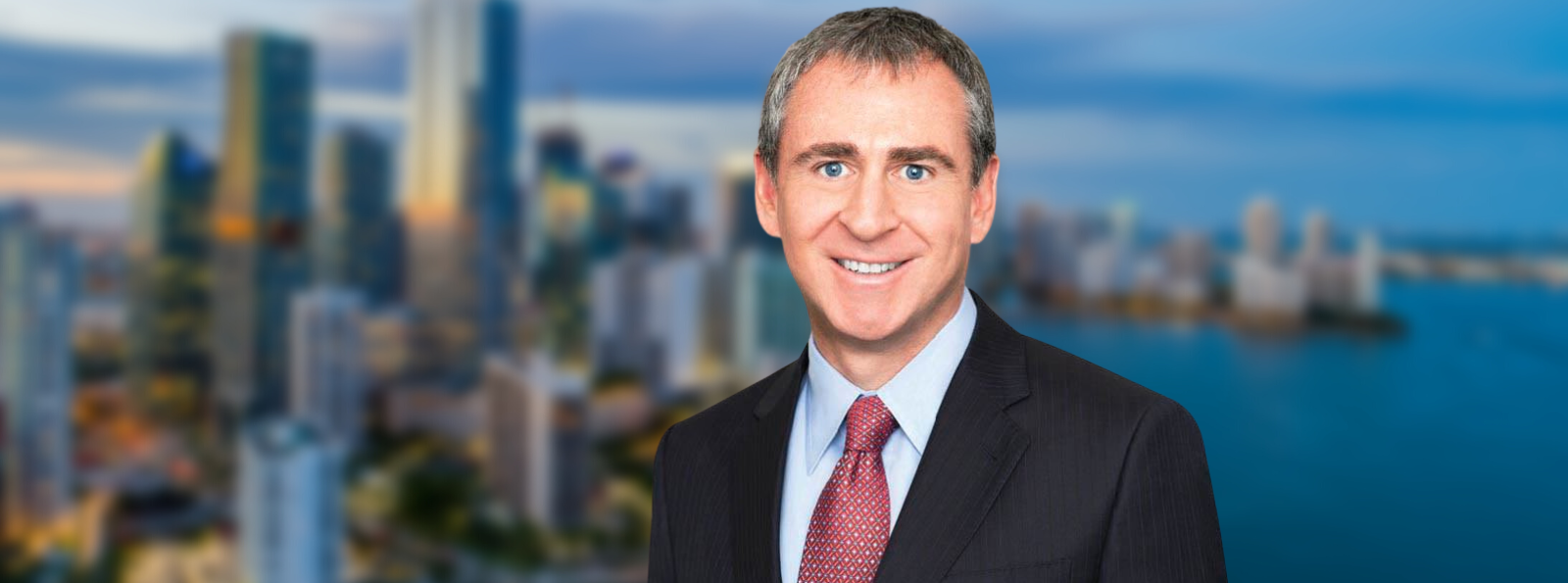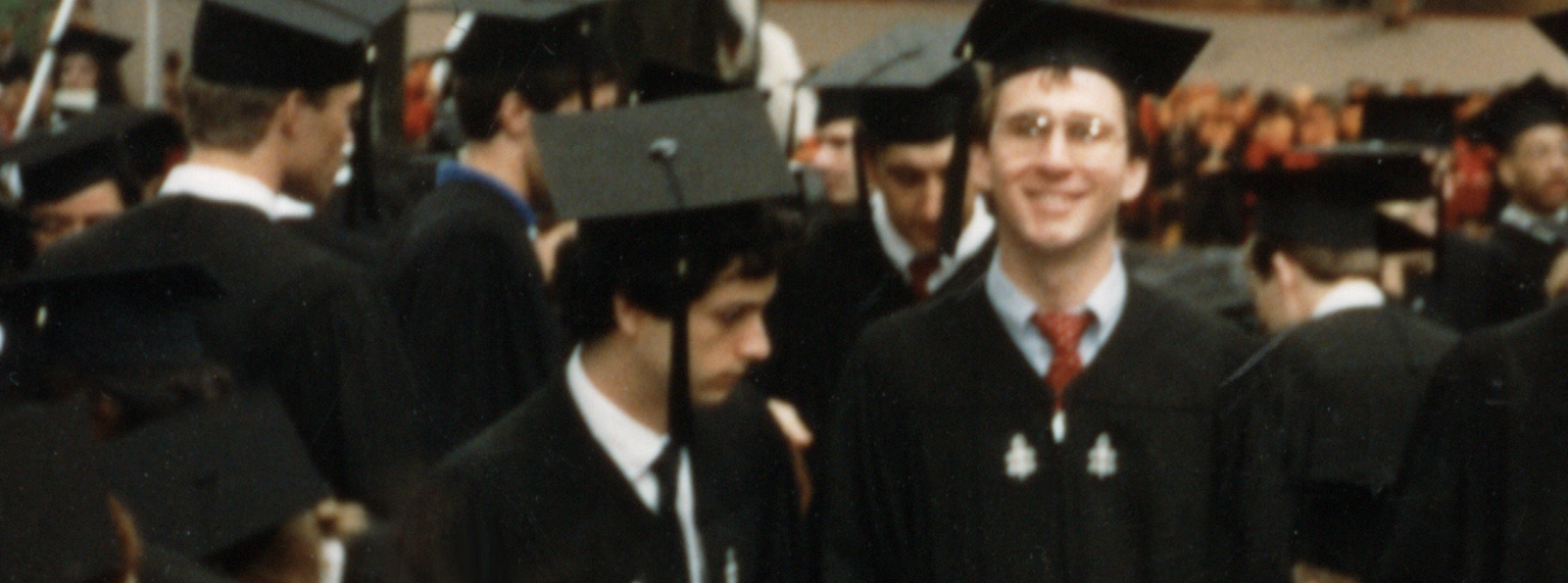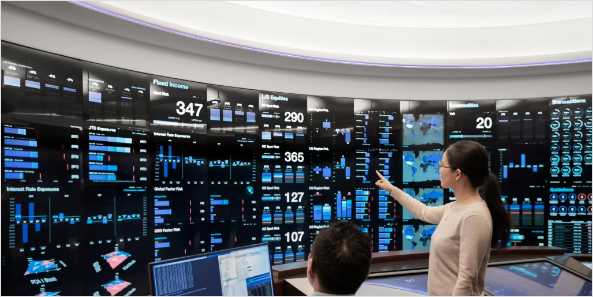The stranger than life story behind Wall Street’s $16 billion hedge fund manager
Nothing says outperformance like clocking a $16 billion profit in a year when equity and bond markets had their worst year in decades. Or if you prefer your percentages, the flagship fund of the company in question returned 38% last year.
It’s an even more amazing statistic when you realise that the $16 billion figure made up more than 70% of the profits generated by the top 20 hedge funds. And naturally, the figures come right at the time when many professional research houses are calling for hedge funds to be the top-performing alternative asset in 2023.
The figure eclipses the previous Wall Street record, set all the way back in 2007 over a big short against subprime mortgages. And although the profit was not made on one specific call, it’s still a remarkable effort.
So who in the world is making this kind of money? Get ready to have your mind blown as you meet Ken Griffin, the CEO of Citadel and one of Wall Street’s most outspoken investors.
.png)
It all started in high school
Hailing from north-eastern Florida, Griffin has never shied away from the headlines or making a point to get into a headline. When he was in his last year of high school, he was quoted in a local newspaper arguing that computer programming would be an occupation in decline - while competing in a school-facilitated computer programming competition. He was also captain of his high school’s math club (yes, that is a thing).
In that same article, we may have gotten a sense of his investing philosophy.
"I wanted to know how people who made video games made them," he said.
.png)
A year later, he began stock trading from his dormitory room at Harvard (complete with a satellite dish on the roof, apparently). With money from his family and friends, he made the winning trades in equities and from convertible bond trades. That background set him up for a career in funds management beyond the four walls of the Ivy League school.
Long after his graduation, Griffin would end up gifting the university with one of its largest bequests of all time - a lazy $150 million.
The first fund
Although Citadel is his most famous project, it’s not his first. Griffin’s first hedge fund was actually started while he was at Cambridge, Massachusetts. At 19 years old, his first hedge fund began with $265,000 in the bank account. In conversation with Sky Bridge Capital’s Anthony Scaramucci, he recalled how he won over his first investor - a friend in the broking industry.
“I was about 18 years old. I had this idea involving convertible bond arbitrage. My friend who was a broker had an older client walked in, and said “explain this to my colleague”. And I did for about 15 minutes then this older gentlemen said “OK, I’ll give you $50,000”.
Talk about happenstance!
After some clever shorting at the height of the Black Monday crash, he created a second hedge fund. This time, the fund would manage $750,000.
After graduation - and the closure of those two funds - Griffin moved to Chicago where he made a lazy 70% profit in his first year for Glenwood Capital Investments.
Unsurprisingly, given his short but perfect track record, he decided he’d go out on his own even though he was - lest I remind you, dear reader - 22 years old.
The founding of Citadel
In December 1990, Griffin founded his current and most famous undertaking. Citadel LLC made 40%+ for its investors in its first two years.
But Griffin’s dream start ended in 1994 when bonds and stocks both fell together in a way not dissimilar to 2022. Investors took their cash out and the first fund recorded a 4% loss for that year. But he quickly rebounded.
These days, Citadel Investment Partners is a giant on Wall Street, investing across equities, credit, commodities, and quant strategies on behalf of institutional investors.
Griffin also has a hand in running Citadel Securities, one of the world’s largest equity market dealing organisations. The firm manages more than $50 billion, and its clients include central banks, sovereign wealth funds, and notable institutions.
Griffin’s investing style: Hire the mathematicians
The Citadel trading room is predominantly made up of mathematicians, economists, and scientists who create the models required to help pick winning investments. And as is the case with many Wall Street firms, the new hires list is dominated by Chicago locals (where the fund is based) and Ivy League graduates.
And talent pretty much sums up his views on success, as he told Carlyle Group CEO David Rubenstein once in an interview.
“What has made Citadel so successful is the incredible talent that comprises this team. I’m obsessed with how we craft our investment processes to create the greatest competitive advantage,” Griffin said.

Unfortunately, we can’t tell you too much about those models. One, because they’re way too complicated to simplify and two, because employees are actually sworn to secrecy!
But one quant researcher, Ruizhou Ding, gave an interview in May last year in which he talked about a day in his life at Citadel. Here’s an excerpt from that piece:
“Our models are complicated and we’re dealing with large amounts of data—at the order of terabytes—so our experiments take a long time.
If there’s news coming in that changes the risk profile of the market, then we’ll make some immediate changes to our models. I work with our systematic traders, and in most cases our trading strategies can handle market news and don’t need manual intervention, but there are some instances where we need to make immediate tweaks.”
There was no one winning trade
LCH Investments, the fund of funds house that compiles the data, notes that Citadel didn’t make all of its money on one trade. All five of its divisions made a lot of money, a trend that seemed to be apparent across the few hedge funds that made a profit this year.
“The largest gains were once again made by the large multistrategy hedge funds like Citadel, DE Shaw and Millennium,” LCH Chairman Rick Sopher said in a statement to Fortune Magazine. “The strong gains they have generated in recent years reflect their increasing dominance in strategies which do not depend on rising asset prices, and their substantial size.”
Hedge funds don’t traditionally reveal all of their secret sauce (that’s why you pay them!) but they do issue 13F filing statements like other major Wall Street firms. This means we get at least a little insight into their public equity holdings.
In Q3 2022, Citadel held more than 12,000 holdings for clients - mostly in put and call options. Some of the major Citadel holdings, as per its last 13F report in November 2022 include:
- The S&P 500 Total Return ETF (SPY), NASDAQ 100 ETF (QQQ)
- Most of the FAANG+ names: Tesla (NASDAQ: TSLA), Amazon (NASDAQ: AMZN), Apple (NASDAQ: AAPL), Microsoft (NASDAQ: MSFT), Meta (NASDAQ: META), and NVIDIA (NASDAQ: NVDA)
- Outside of the FAANG names: UnitedHealth Group (NYSE: UNH), Goldman Sachs (NYSE: GS), Disney (NYSE: DIS), Alibaba (NYSE: BABA)
But however you make it, investors just care that you made it. Citadel’s record year beat out long-time rival Bridgewater by a staggering $10 billion. Even more remarkable is the fact that Ray Dalio’s Bridgewater held the number one spot for seven consecutive years prior to 2022. Collectively, the major US hedge funds lost $208 billion on behalf of clients this year.
Griffin’s influence in the corridors of power and philanthropy
Griffin remains the majority owner of Citadel to this day and serves as its CEO. But his windfall means he will probably have plenty more cash to splurge on philanthropic and political activities alike.
Griffin is an outspoken Republican Party member. During the 2022 Midterm Election cycle, he donated $100 million to candidates across the GOP - third only behind fellow rich-listers Richard Uihlein and George Soros.
In a statement provided to CNBC during this last cycle, Griffin’s spokesperon argued that the Republican Party needs to broaden its base.
“Ken wants to elevate talented candidates and broaden the tent of the Republican Party to make it more representative of our country … He supports leaders who will focus on education, job creation, public safety and a strong national defense so that every individual has access to the American dream.”
A one-time supporter of both Barack Obama and Donald Trump, Griffin has since endorsed Ron DeSantis (current governor of Florida) to become the next President of the United States.
In mid-2022, Citadel’s operations were moved from their long time home in Chicago to new offices in Miami. He even now has a $100 million home there. But it wasn’t the taxes, DeSantis, or the cryptocurrency enthusiasts that swung his decision.
“When you’ve got great schools, a great environment and your streets are safe and clean, that’s when you’ve got a place you want to live in and call home,” Griffin told Miami mayor Francis Suarez. The comment is in stark contrast to Griffin’s apparent feud with Illinois Governor J.B. Pritzker. Chicago is the major city in Illinois, and has been plagued by gun and street violence for decades.
Beyond politics, Griffin is a keen supporter of projects in fighting poverty, the arts, and education. As you’ve already read, Griffin holds the record for the single-largest donation in Harvard’s history. But Griffin also has an economics school (in Chicago), a dinosaur exhibit (at the Field Museum of Natural History in Chicago, and even a museum of science and industry bearing his name.
On the street safety theme, Griffin has contributed money towards the education and retraining for police officers in his hometown.
Finally, he is a member of numerous trustee boards including the Chicago Museum of Contemporary Art and was the one-time vice chairman of the Chicago Public Education Fund.
A final word: His outlook for 2023
It’s still January as of publishing, so the question is allowed to be asked. What is Citadel’s outlook for 2023? Hedge funds don’t always issue outlook statements but Griffin’s view on whether a recession can be avoided is clear.
“To take the foot off the brake right now and not finish the job, I think it’s the absolute worst mistake that the Fed could possibly make,” Griffin said at the recent Bloomberg New Economy Forum in Singapore.
What is clear about their outlook is what they’re returning to shareholders. $7 billion in profits will go back into investors’ coffers early this year. And that ain’t hay, let me tell you.
1 topic
10 stocks mentioned

